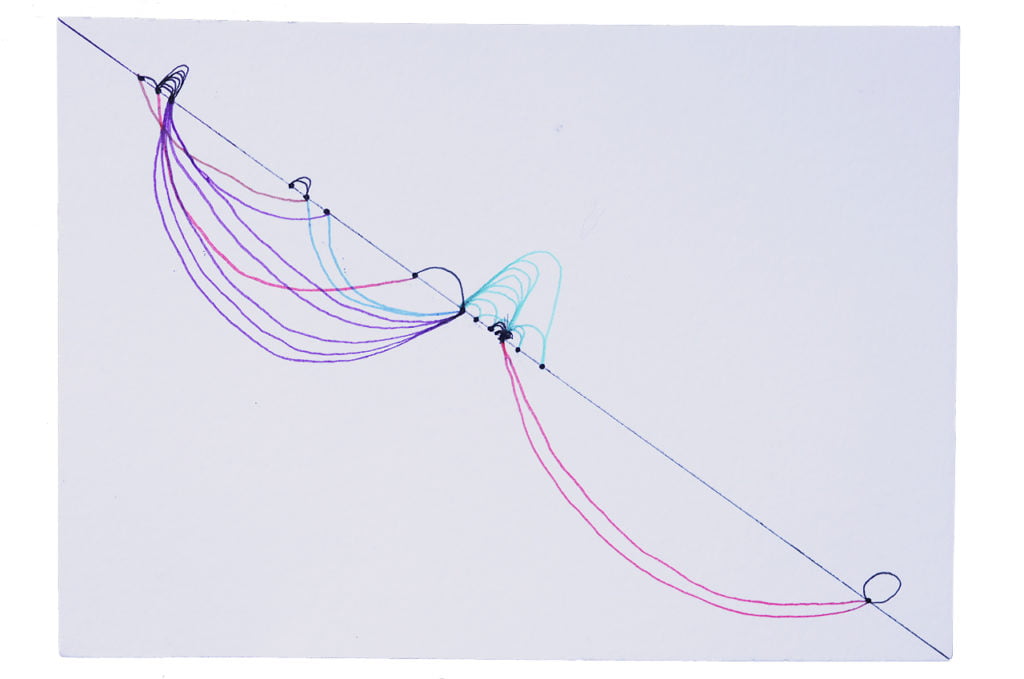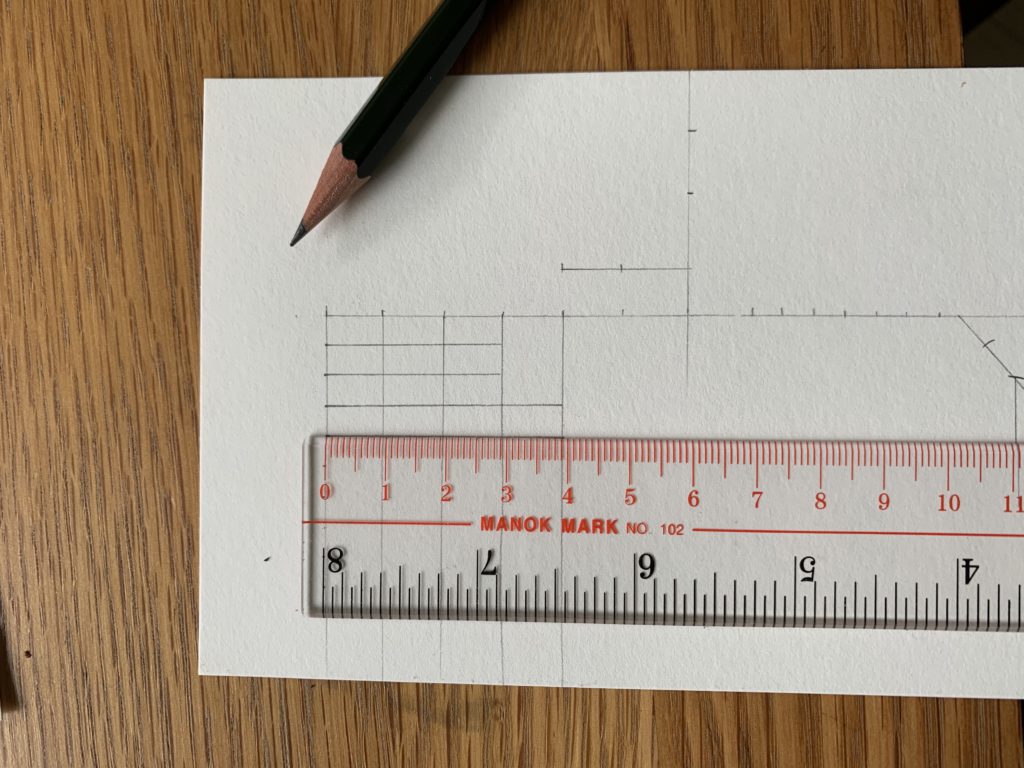

Jakub
The topic:
I enjoyed this week’s topic — transportation. Firstly, collecting the data seemed less exhausting than the first one. Secondly, I work at a transportation company, so this was right up my alley!
On a regular day I use many different modes of transport. I was curious in seeing how my “transportation week” will look on a postcard. That said, I dived into this topic without any specific design in mind.
Data gathering:
The plan was simple: record every trip, its origin, destination, and mode of transport. I would take notes on my phone as I went along, with an additional review in the evening to make sure every trip of the day was accounted for.
Data drawing:
Postcard’s design crystalized just before I sat down to draw. Unfortunately, I didn’t have calipers (which would’ve been very helpful for this visualization), so I had to improvise. The most important thing was to show the distinction between modes of transport powered by muscles and all others.
The process:




Chris
Data gathering:
I expected to see the influence of the pandemic in this week’s assignment. While I was collecting my transportation data (June 2020), the situation in Hong Kong seemed to be under control. New daily cases were in single-digits. Regardless, my wife and I remained cautious. We still tended to avoid mass transit and limited any unnecessary trips.
If things were normal, you’d see a lot more trips on my postcard. At least two daily trips via MTR (Hong Kong’s subway system) or a bus, occasionally a taxi. But now, I rarely venture into the city — and if I do, it’s mostly on foot.
Data drawing:
I had the idea to visualize my trips on the map of the MTR system. After all, vast majority of my trips follow the lines of the Island Line and Tsuen Wan Line. However, I underestimated the number of trips within my own district. The “western” part of the postcard seems heavy.
The proces:















